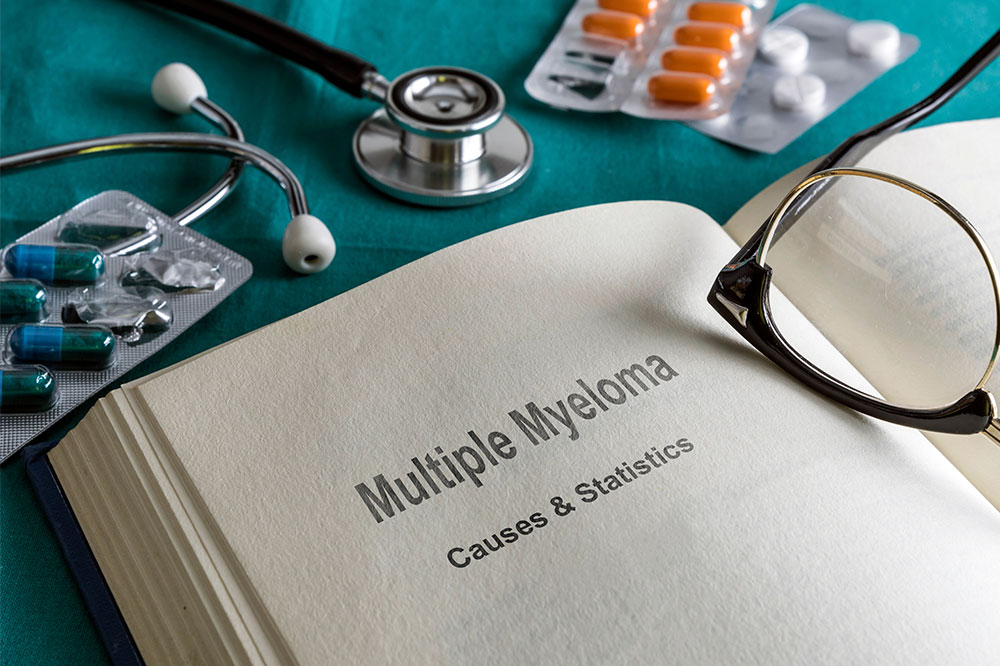6 warning signs of multiple myeloma

Multiple myeloma is a type of cancer affecting the plasma cells in the bone marrow, which form an essential part of the immune system. While there is no cure for the disorder, many treatments help control and manage the symptoms so patients can maintain their quality of life. Read on to learn about a few early signs of multiple myeloma that can help diagnose the condition and seek appropriate treatment.
Multiple myeloma – Signs to look out for
Multiple myeloma is difficult to diagnose in the early stages. It is usually identified much later because patients do not show signs initially. Some may report vague symptoms that appear to have been caused by other conditions. Still, it is crucial to know the signs that could indicate a possibility of multiple myeloma. Those who experience the following should visit a doctor as soon as possible and undergo the necessary tests to rule out the condition:
Bone pain
One of the most common signs of multiple myeloma is bone pain. Those with this disorder may notice pain in the back, ribs, and hips. It can be consistent and dull and worsen with movement. The pain is usually a result of the multiplication of cancerous plasma cells in the bone marrow.
Fractures
Multiple myeloma can cause the bones in the body to become weak and brittle, making them prone to fractures. Typically, the weakening is noticed in the spine and long bones, such as those in the arms and legs. Fractures may cause the spine to collapse, leading to unbearable pain and difficulty moving. Brittle bones can also lead to secondary bone diseases, such as osteoporosis. Osteoporosis can affect all the bones in the body or specific areas.
Spine compression
Those with multiple myeloma may also experience spinal cord compression, which could lead to secondary symptoms. These include a sensation of pins and needles pricking the body, numbness in the legs, and trouble controlling the bladder.
Constant infections
Multiple myeloma patients are more prone to infections. The abnormal cancer cells in the bone start to outgrow and crowd out the healthy blood cells. Also, the cancerous cells make abnormal proteins instead of producing antibodies for the immune system to fight infections. This leads to severe complications and constant and repeated infections.
Increased calcium levels
The disorder can lead to increased levels of calcium in the body, also known as hypercalcemia. It happens when the affected bones break down and become brittle, releasing calcium into the blood. Symptoms of increased calcium levels include extreme thirst, constipation, confusion, pain in the stomach, and frequent need to urinate.
Anemia
Those with multiple myeloma are also prone to anemia, characterized by a lack of or low amounts of red blood cells in the bloodstream. Anemia occurs because the condition affects the production of these blood cells in the bone marrow. Those with anemia may feel tired, dizzy, breathless, and weak. It could be an early sign of multiple myeloma if these discomforts persist and do not go away.

